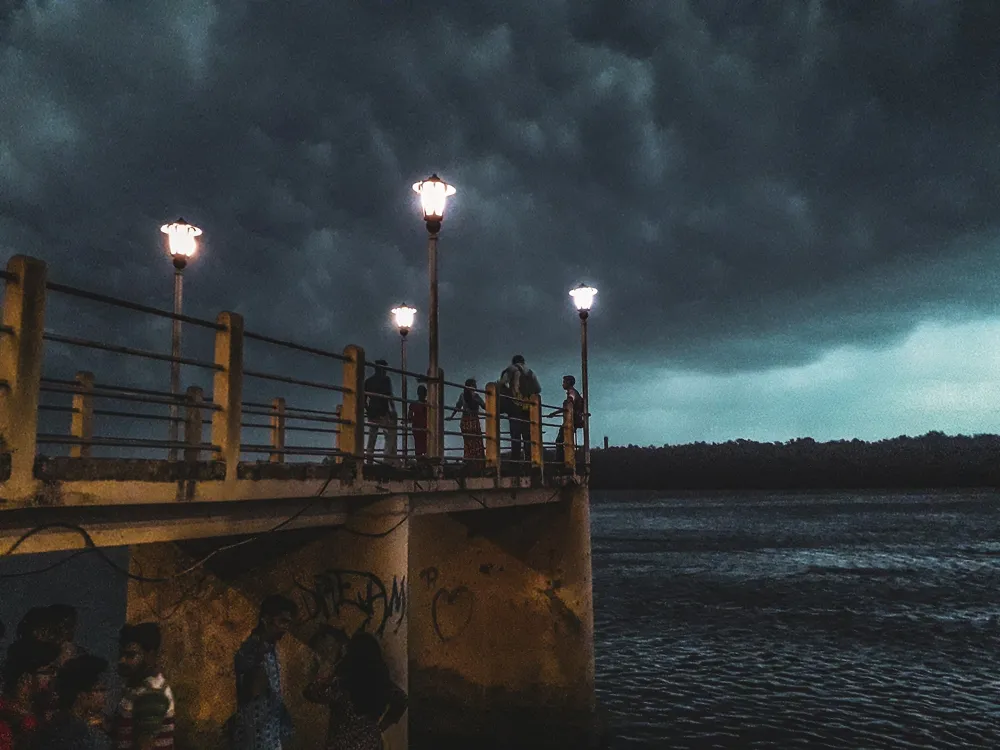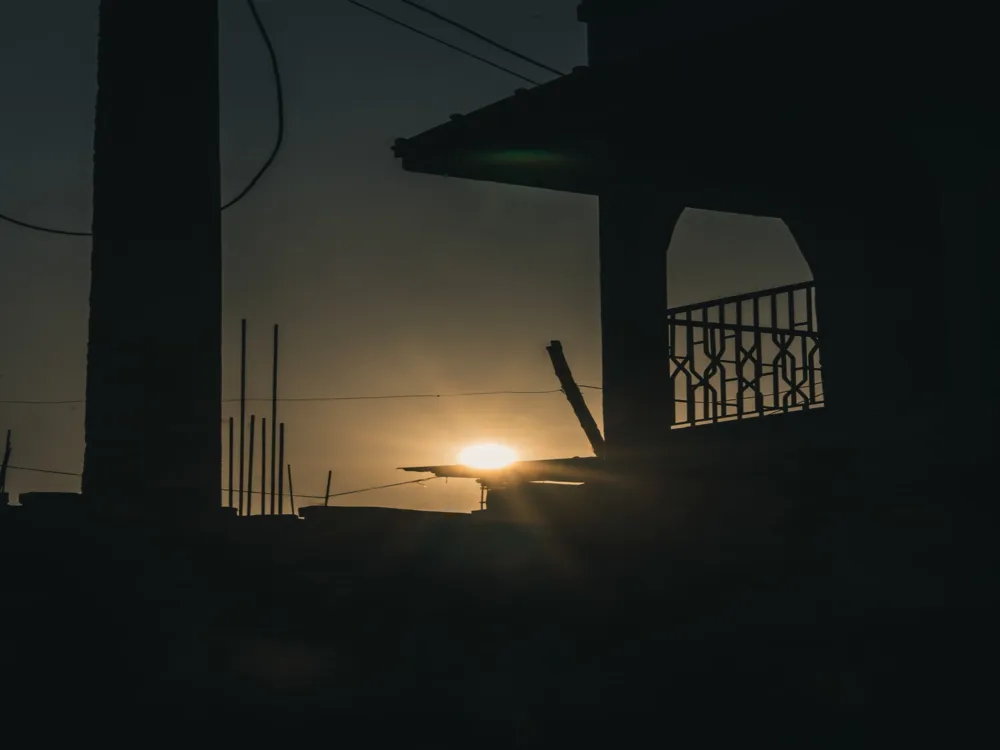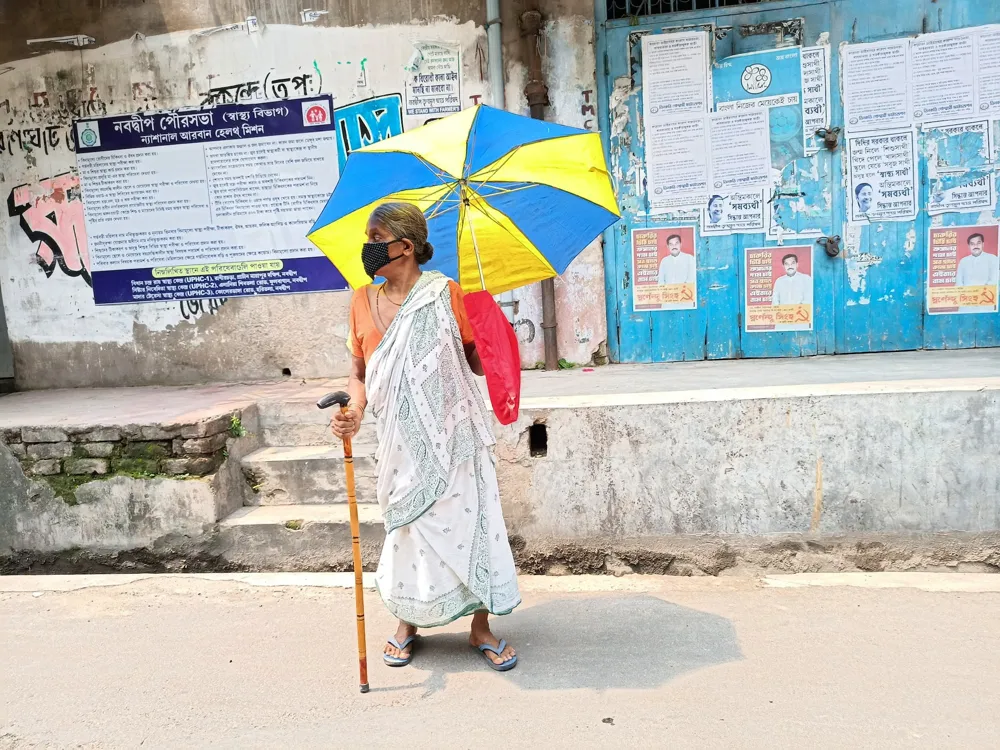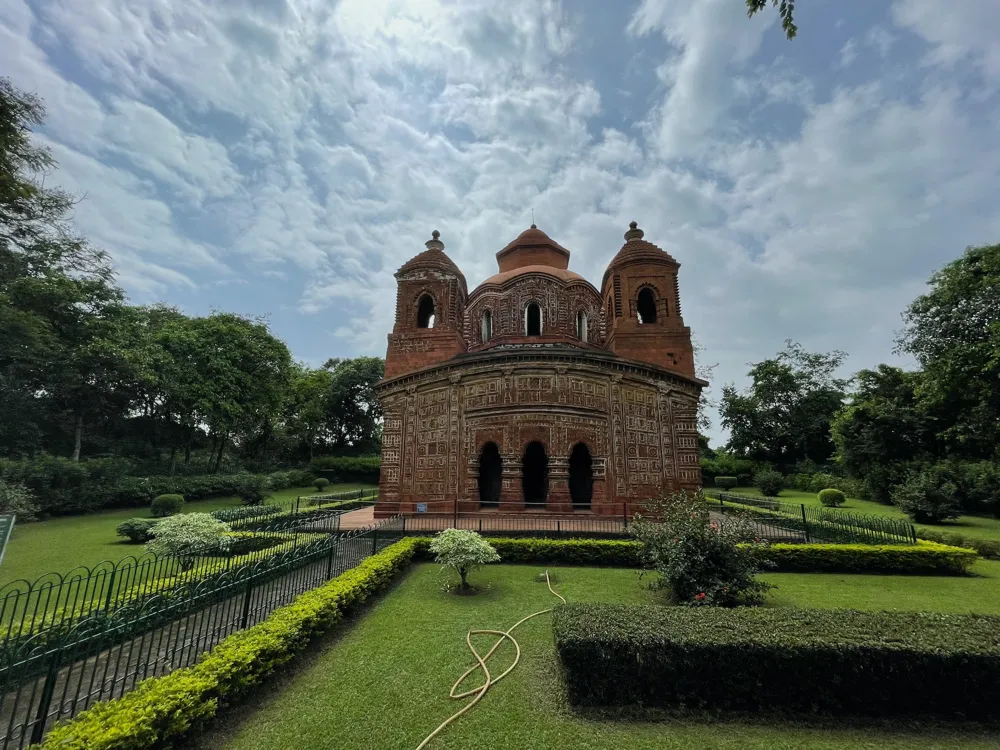Eden Gardens, nestled in the heart of Kolkata, West Bengal, stands as a testament to India's rich cricketing history and its architectural splendor. Established in 1864, it is the oldest cricket stadium in India and the second-largest in the world. Revered as the 'Mecca of Indian Cricket,' Eden Gardens has been a witness to many historic matches and moments that have shaped the course of international cricket. The stadium's inception dates back to the British era, reflecting a blend of colonial and modern architectural styles. Over the years, Eden Gardens has undergone numerous renovations to enhance its capacity and facilities, evolving into a modern sports arena while retaining its historical essence. The lush green outfield, the iconic stands, and the vibrant atmosphere make it a favorite among cricket enthusiasts worldwide. Eden Gardens is not just about cricket; it's a symbol of Kolkata's cultural and social heritage. Located near the banks of the Hooghly River, adjacent to the Kolkata High Court, and the famous Babughat, the stadium is part of the city's colonial architectural legacy. Its proximity to other historical landmarks like the Victoria Memorial and the Indian Museum adds to its cultural significance, making it a must-visit destination for anyone exploring Kolkata. The stadium has a seating capacity of over 66,000, making it a cauldron of emotions during cricket matches. The passionate crowd, the intense cricketing battles, and the electrifying atmosphere contribute to the unforgettable experience that Eden Gardens offers. It has hosted numerous notable events, including World Cup matches and memorable test matches, etching its name in the annals of cricket history. But Eden Gardens is more than just a sporting venue. It's a place where memories are made, legends are born, and history is written. It embodies the spirit of cricket in India and continues to be a beacon for the sport's future. As you walk through the stands, you can feel the echoes of the roaring crowds, the cheers of victory, and the silence of defeat, all of which have contributed to the legacy of this iconic stadium. The architecture of Eden Gardens is a remarkable blend of heritage and modernity, symbolizing the evolution of Kolkata's urban landscape. The stadium's design reflects a unique amalgamation of British colonial architecture with contemporary structural elements, creating an iconic and functional sports arena. The original structure of Eden Gardens was inspired by the classic Victorian style, evident in its grand pavilions and elegant stands. The most notable feature of this era is the Club House, a magnificent building that exudes a sense of history and grandeur. The façade of the Club House, with its intricate detailing and regal appearance, stands as a reminder of the colonial legacy of Kolkata. Over the years, Eden Gardens has undergone several renovations to meet the demands of modern cricket and its ever-growing fan base. These modifications have introduced state-of-the-art facilities while preserving the historical aspects of the stadium. The integration of advanced lighting systems, digital scoreboards, and enhanced seating arrangements has transformed Eden Gardens into a world-class sporting venue. The stadium's architecture also emphasizes sustainability and functionality. The use of eco-friendly materials and energy-efficient systems aligns with contemporary environmental standards. The layout of the stadium ensures optimal viewing experience from every stand, providing spectators with an immersive and engaging experience. One of the most iconic architectural features of Eden Gardens is the Eden Bell, a recent addition that has become synonymous with the beginning of international matches at the venue. The bell, rung by a cricketing legend before the start of a game, adds a ceremonial charm to the matches, enhancing the stadium's historical significance. In summary, the architecture of Eden Gardens is a testament to Kolkata's architectural heritage and its adaptive modernization. It stands not just as a cricket stadium but as a landmark that encapsulates the city's past, present, and future. Visiting during the cooler months from October to March is ideal due to Kolkata's humid climate. Additionally, try to coincide your visit with a cricket match for an unforgettable experience. Public transport is recommended as parking can be challenging. The nearest metro station is Esplanade, and local buses and taxis are readily available. Adhere to the stadium’s rules, including security checks. Prohibited items Read More:Overview of Eden Gardens in Kolkata, West Bengal
Architecture of Eden Gardens
Tips When Visiting Eden Gardens
Best Time to Visit
Transportation and Parking
Stadium Rules and Regulations
Eden Gardens
Kolkata
West Bengal
NaN onwards
View kolkata Packages
Weather :
Tags : Landmark
Time Required : 1-2 hours
Entry Fee : Dependent on events/matches being played
Planning a Trip? Ask Your Question
Kolkata Travel Packages
View All Packages For Kolkata
Top Hotel Collections for Kolkata

Private Pool

Luxury Hotels

5-Star Hotels

Pet Friendly
Top Hotels Near Kolkata
Other Top Ranking Places In Kolkata
View All Places To Visit In kolkata
View kolkata Packages
Weather :
Tags : Landmark
Time Required : 1-2 hours
Entry Fee : Dependent on events/matches being played
Planning a Trip? Ask Your Question
Kolkata Travel Packages
View All Packages For Kolkata
Top Hotel Collections for Kolkata

Private Pool

Luxury Hotels

5-Star Hotels

Pet Friendly






















